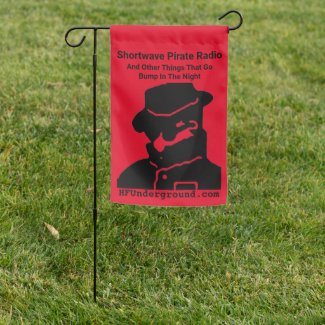Here is more information about it and the overall internal layout and flowchart...
https://aa7ee.wordpress.com/2018/03/13/the-sw200-a-budget-am-broadcast-processor-for-lpam-and-hams-too/I am actually building my own AM audio processor that is similar in layout but uses FET compressors instead of PWM compressors for simplicity and is loosely designed after the Dorrough DAP 310 from 1973 which is yet another popular 3 band compressor/clipper of its time (some say the first of its kind that started the loudness wars). Luckily the Dorrough schematics and manual are available online so it's not too hard to clone your own similar box if you have a lot of time and electronics skills. It's actually pretty simple under the hood, tons of op amps though. The SW200 looks to be similar while utilizing modern parts.
Software processors rival even the best analog processors except when it comes to the audible latency. I really love Stereo Tool and have an excellent AM preset I found a while back for it and tweaked. It gives *loud* punchy audio that is equal to the major market radio stations in my area and can really drive a modulator hot. The problem is that there is the need of a fast dedicated computer with a quality sound card and ASIO4ALL really needs to be running to make the latency the least noticeable. The OS needs to be stripped to bare bones so the computer can dedicate all its processing to the software and not other useless junk.
Even with the fastest computer I have it had delay that was enough to drive me crazy for live programming and really screws with my head if I listen to myself talk over the live feed.
Of course this can be fixed by only listening to the program feed output rather than the live OTA feed, but I like hearing the transmitted audio through my modulation monitor.
So in that respect I still prefer analog audio processors where suitable and if setup properly can still sound pretty damn good. If all you are broadcasting is prerecorded shows or only listening to the studio audio then digital processing is fine.
Comes down to personal preference but digital processing will give the edge, and possible listener fatigue if overused.
On a funny side note, I have heard of stations using their retired analog processors just for the studio talent since it's real-time and let them hear that "radio sound" in their headphones while using the new digital processor at the transmit end so to trick the DJs and not anger them with the delayed live processed audio




